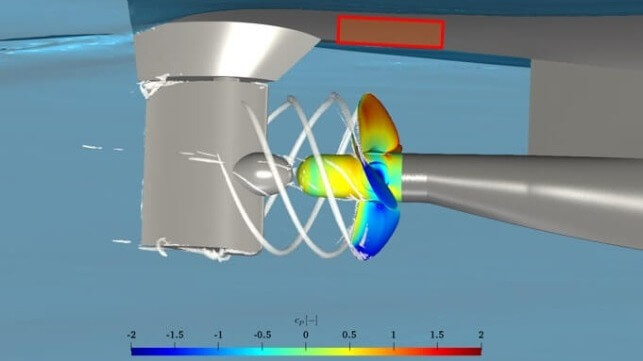New Research Gives Crews Insight Into Underwater Noise in Real Time

German propulsion company Schottel has completed a research project for Transport Canada and BC Ferries to investigate solutions for underwater noise. Ship noise is a major issue in the Salish Sea because of its effects on the region's endangered orca population. The project developed a real-time onboard reporting system for underwater noise levels that the operator can use to monitor their impact on the environment.
The Strait of Georgia has environmental protection zones that require ships to reduce speed or navigate around on a longer route. However, Schottel found that reducing speed does not always reduce noise level. To find out what causes noise with precision, Schottel - through the government-funded Quiet Vessel Initiative - developed a noise monitoring system using hydrophone recording, hull vibration measurement and machine learning.
The research drew on real-life operations aboard BC Ferries' Coastal-class double-ended ferries. Schottel engineers calculated the correlation between hull vibration (measured just above the propeller) and emitted noise level on these vessels, and they came up with an algorithm for predicting underwater radiated noise while the ferry is under way. Based on propeller speed, pitch, vessel speed and other factors, the algorithm can calculate what the approximate decibel level would be near the ship.
After creating the algorithm, Schottel fabricated a new propeller to a design that is optimized to reduce noise. This was installed and tested in operation, and it showed an average reduction in noise of five decibels. This suggests that the algorithm can be used in the propeller design phase to help select a shape that will produce less noise, according to Schottel.
The study also had a crew-engagement goal. The real-time reporting system that was developed for the research will allow operators to monitor vessel noise level, perform long-term data analysis to spot trends, and act to reduce noise where possible.
"With these new analysis and prediction capabilities, it will be possible to significantly improve propulsion systems with respect to [underwater radiated noise], which will greatly benefit efforts to preserve marine life," said Schottel in a statement.
No comments:
Post a Comment